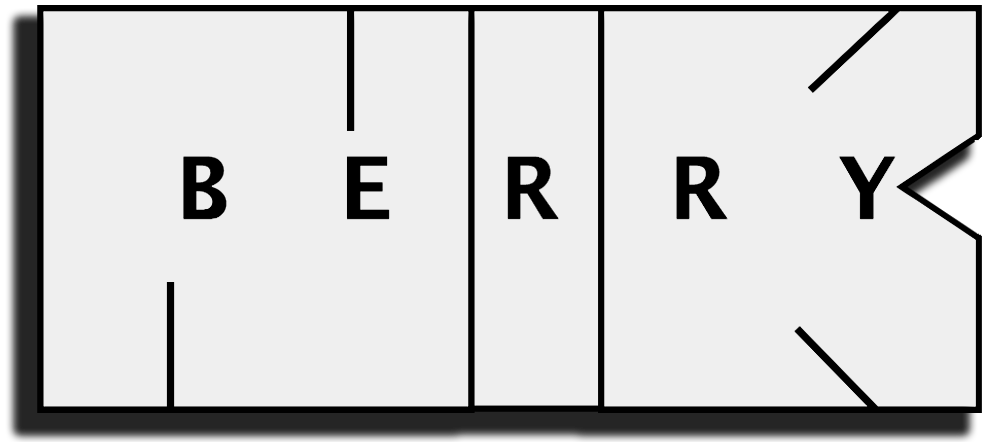I have for a long time have made goals after goals and never considered system designing instead. Recently, however, I have recently read and reread Atomic Habits. After going through it twice I find myself thinking “That was a great book but… now what? How do I apply these changes? How do I design a system?”
So in the quest to apply what I’m learning from it I was inspired to document my own journey of applying it so that I can have a journal, of sorts, to look back on. I also figured why not make it a series of blog posts about putting into practical application the steps outlined.
To start off the series I figured I’d title this “System Designing.”
Why System Designing?
I’m adapting and changing this from something I got from The Compound Effect where they titled it “Goal Designing.” I didn’t like that because as Atomic Habits states:
“If you’re having trouble changing your habits, the problem isn’t you. The problem is your system. Bad habits repeat themselves again and again not because you don’t want to change, but because you have the wrong system for change.
You do not rise to the level of your goals. You fall to the level of your systems.”
So I decided I would, as a later chapter outlines, imagine the kind of life I want and work backwards to design it using systems rather than just goals.
The first step is to decide what kind of life I want. The problem I find with that is it’s often material. I want a bigger bank account, to go on more vacations, have a nicer car, own rental property, etc., etc. That is all fine but it’s a result, not necessarily a life path. So I need to instead focus on the kind of person I want to be. That also has its difficulties because it can still be geared towards a result instead of a life path: I want to be skinny, rich, etc. These might in your mind have definitive values that can reach and that is what you’re working towards instead of a change of who you are. You have to take whatever it is and work backwards thinking “who is the type of person who would get the outcome I want to get?”
The Process
The process in the book is only two steps but from reading I feel there are a few more steps that I’ll outline and give my own examples.
1. Define your identity

Start by identifying the kind of person you want to become. Think of what you want to achieve and think of the kind of person who would get those results by just being themselves. It could be a dedicated professional, a loving partner, a healthy person, a lifelong learner, or whoever you would need to be to achieve the goal.
Now for some guidelines which I am adapting from The Compound Effect:
Be Sure they are your goals
It should also reflect core values and aspirations and not be someone you think other people want you to be. If you’re not interested in exercising and eating right, being a “healthy person” will be a near impossible system to put in place, to say the least. It has to be something you really want or it will go the way of every other new years resolution you’ve ever made. It’s okay to not want to be unhealthy but maybe you haven’t hit a point in your life where you want to be healthy yet.
That’s okay.
Just because other people tell you you need to be more healthy (or substitute whatever someone else is telling you to do/be) you might have more important things you’re worrying about. That can come later when your life priorities potentially change.
I repeat, it’s okay to not want to do something, even when others are pressuring you.
Suspend Reality and Think Big
Imagine for a minute you actually have every skill, resource, or ability you needed to accomplish whatever it is you are wanting to do and go further. Don’t limit yourself. Think of yourself as bigger and better than whatever person you look up to at the present.
Now think of what kind of person that person would want to improve themselves to be. (If you’re having trouble imagining the kind of person you want to be you might need to make some mental shifts).
You’re not committing yourself to this just yet but it’s a practice in breaking down limiting beliefs.
The same thinking that has led you to where you are is not going to lead you to where you want to go.
Albert Einstein
If you think you only deserve X and work towards it, X is all you’ll get. But think for a moment that you instead want that crazy unattainable Y or heaven forbid that Z. You work towards it, you become the kind of person who could attain it and you might just find yourself getting it.
Don’t limit yourself.
State the Positive and use “I am”
Don’t be negative. Negative is not inspiring. “I don’t want to be a bad father.” “I want to stop being fat.” “I want to quit living paycheck to paycheck.”
Not very inspiring.
Instead turn those around to something positive and in a first person statement of someone who is the opposite. “I am a good father.” “I’m a healthy person.” “I am responsible with my finances and am building wealth.”
If it goes against your sense of self add a date to it. In the case of the last example, you may not be making enough to have anything left over to build wealth. That may still be a goal so you’ll need to find a better paying job or work a second job. So you can change the goal so it is instead “I am responsible with my finances and am building wealth by December 31st.” That will give you time to get your life in line where you can change some things and you also have a deadline.
2. Break it down
You need to take that big ambitious life and now break it down into a system of daily habits that you can start today to implement. This is key to system designing and the key difference from simply having a goal. Building it into a system of manageable and repeatable habits is what makes it a system of living.
Write it down
A big key of this step is to write it down and I’m talking ink to paper. Don’t just keep it in your head.
Reduce your plan to writing… The moment you complete this, you will have definitely given concrete form to the intangible desire.”
Napoleon Hill
Writing it down will accomplish two things:
- It will take all those ideas floating in your head along with all the other things your thinking of
- It will distill them into something you can manage.
Daily Actions vs. Movement
It’s common to mistake movement for progress. We may fill our days with meetings, emails, and tasks, but if these activities do not align with our goals and values, they become empty actions. We find ourselves busy but unfulfilled.
3. Start small
Once you’ve broken it down you need to take it into manageable steps to integrate into a daily routine. It’s not much of a system design without actually putting it into action.
There is only one way to eat an elephant, a bite at a time.
Desmond Tutu
In James Clear’s book Atomic Habits he calls it “[Proving your new identity] to yourself with small wins.” If you decide to be a person who is healthy make a daily small routine of writing down everything you eat. After a while you’ll notice patterns that don’t match your new identity of someone who is healthy.
4. Consistency is key
Consistency is key to identity-based habits. Commit to showing up, even on days when motivation is low. Over time, your identity will reinforce your commitment.
I personally have used and will continue to use the Best Self Journal for tracking my daily progress and reflecting back. You can use a simple journal but I find this is formatted the best for me.

5. Build as you go
Keep a habit journal to record your daily actions. This provides a visual representation of your commitment to your chosen identity, reinforcing your sense of self.
As you progress, be open to adjusting and evolving your habits and identity. Growth is a dynamic process, and your aspirations may change over time.
Conclusion
System designing is much more involved than goal making but as you follow the steps you’ll “prove it to yourself with small wins” and implement the changes that you’ve been working to accomplish with your goals all along.
Best of luck!
